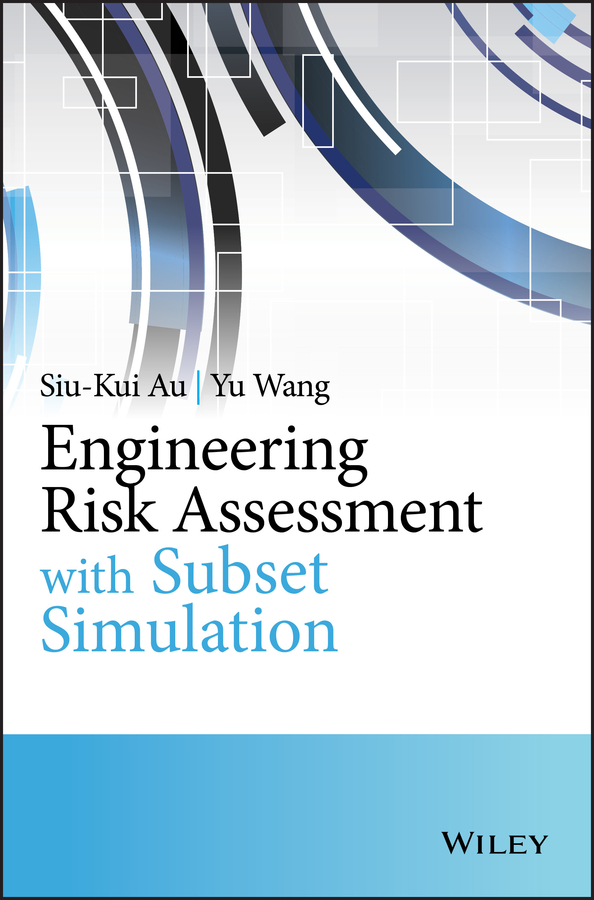- 中图分类号: TH
- 语种: ENG
- 出版信息: Wiley 2014 337页
- EISBN: 9781118398067
- PISBN-P: 9781118398043
- 原文访问地址:
KG评星
知识图谱评星,是一种基于用户使用的评价体系,综合图书的评论数量、引文数量、Amazon评分以及图谱网络中节点的PageRank值(即考虑相邻节点数量和重要性)等多种因素计算而得出的评价数值。星级越高,推荐值越高。CAT核心级
核心学术资源(CAR)项目作为教图公司推出的一项知识型服务,旨在打造一套科学、有效的图书评价体系,并协助用户制定相应的馆藏建设方案。CAR项目调查和分析12所世界一流大学的藏书数据,以收藏学校的数量确定书目的核心级,核心级越高,代表书目的馆藏价值越高。选取核心级在三级以上,即三校以上共藏的图书作为核心书目(CAT)。This book starts with the basic ideas in uncertainty propagation using Monte Carlo methods and the generation of random variables and stochastic processes for some common distributions encountered in engineering applications. It then introduces a class of powerful simulation techniques called Markov Chain Monte Carlo method (MCMC), an important machinery behind Subset Simulation that allows one to generate samples for investigating rare scenarios in a probabilistically consistent manner. The theory of Subset Simulation is then presented, addressing related practical issues encountered in the actual implementation. The book also introduces the reader to probabilistic failure analysis and reliability-based sensitivity analysis, which are laid out in a context that can be efficiently tackled with Subset Simulation or Monte Carlo simulation in general. The book is supplemented with an Excel VBA code that provides a user-friendly tool for the reader to gain hands-on experience with Monte Carlo simulation. Presents a powerful simulation method called Subset Simulation for efficient engineering risk assessment and failure and sensitivity analysis Illustrates examples with MS Excel spreadsheets, allowing readers to gain hands-on experience with Monte Carlo simulation Covers theoretical fundamentals as well as advanced implementation issues A companion website is available to include the developments of the software ideas This book is essential reading for graduate students, researchers and engineers interested in applying Monte Carlo methods for risk assessment and reliability based design in various fields such as civil engineering, mechanical engineering, aerospace engineering, electrical engineering and nuclear engineering. Project managers, risk managers and financial engineers dealing with uncertainty effects may also find it useful.







 京公网安备 11010602104826号
京公网安备 11010602104826号
